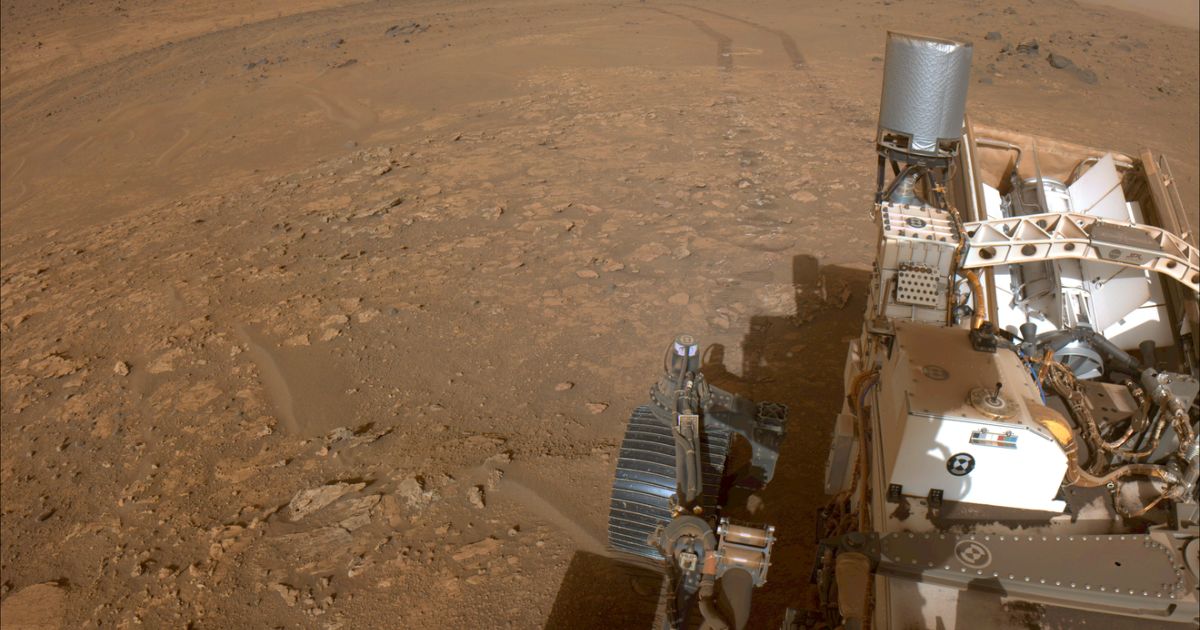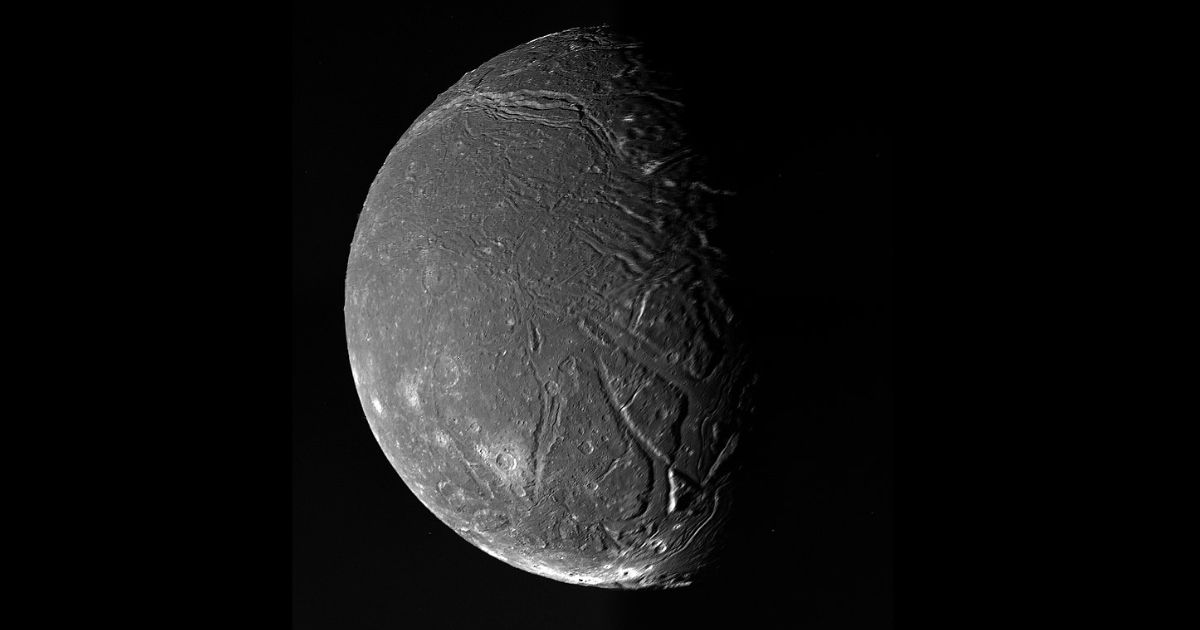NASA’s Perseverance Rover has a new adventure for a new site; it set to begin a challenging ascent up the western rim of Jezero Crater on Mars. This exciting mission, starting the week of August 19, 2024, marks a new chapter in the rover’s exploration of the Red Planet.
A New Adventure Begins
After spending 3½ years exploring the floor and river delta of Jezero Crater, Perseverance is ready for its next big adventure. The rover has already completed four science campaigns, collected 22 rock cores, and traveled over 18 miles on Mars. Now, it will tackle some of the steepest and most challenging terrain it has encountered so far.
The Climb Ahead
The climb up the crater rim is expected to be a months-long journey. The terrain is steep and rugged, but the team at NASA’s Jet Propulsion Laboratory is confident in Perseverance’s capabilities. “Our rover is in excellent condition, and the team is raring to see what’s on the roof of this place,” said Art Thompson, Perseverance’s project manager.
Key Areas of Interest
Two key regions at the top of the crater are of particular interest to scientists: “Pico Turquino” and “Witch Hazel Hill.” Imagery from NASA’s Mars orbiters suggests that Pico Turquino contains ancient fractures that may have been caused by hydrothermal activity in the distant past. This could provide valuable insights into the geological history of Mars.

Witch Hazel Hill, on the other hand, features layered materials that likely date back to a time when Mars had a very different climate. Perseverance recently found and sampled the “Cheyava Falls” rock at “Bright Angel,” where similar light-toned bedrocks were discovered.
This rock exhibits chemical signatures and structures that could possibly have been formed by life billions of years ago when the area contained running water.
Scientific Goals
The primary goal of this new campaign is to search for more discoveries that could rewrite Mars’ history. During its river delta exploration phase, Perseverance collected the only sedimentary rock ever sampled from a planet other than Earth.
Sedimentary rocks are crucial because they form when particles of various sizes are transported by water and deposited into a standing body of water. As we know, on Earth water is an essential factor for life.
Challenges and Expectations
The ascent will not be easy. The rover will first navigate through Pico Turquino, a slope riddled with ground fractures. These fractures may be the fingerprints of ancient hydrothermal activity, which could have created habitable environments in the past. Next, Perseverance will reach Witch Hazel Hill, a light-colored terrain that contrasts dramatically with the typical Martian red in orbital photographs.
Scientists are particularly excited about the potential to investigate rocks from the most ancient crust of Mars. These rocks formed from a wealth of different processes and represent potentially habitable ancient environments that have never been examined up close before.





